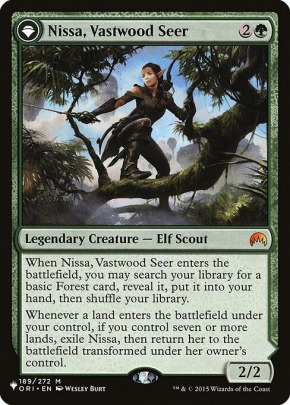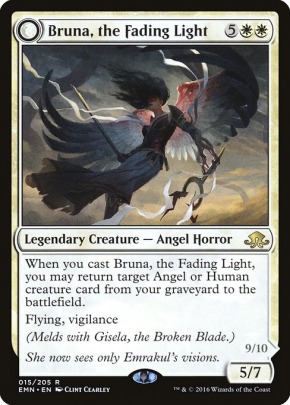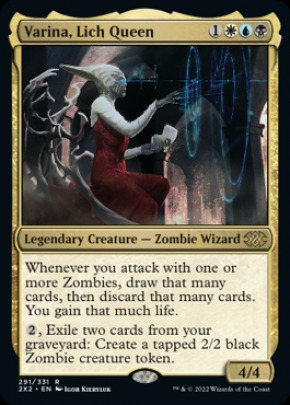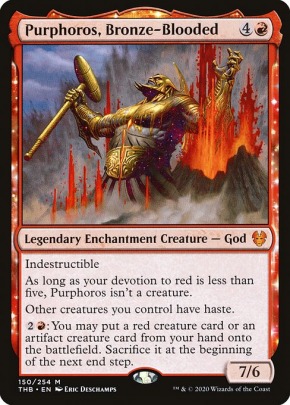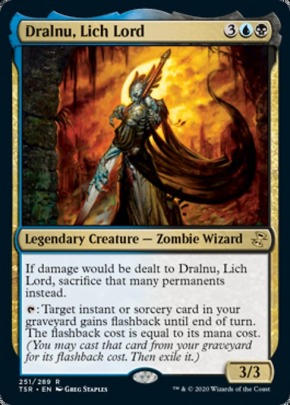I am jumping in a bit late, but I agree with everyone above that making a mental note of how you lost a game is the first step. The shortcut of only spending removal/counterspells/interaction when you're about to lose or when the resources it provides are nearly insurmountable is good. Always kill the Seedborn Muse asap if their deck capitalize on it (it will).
The flipside to this is that you can use your interaction politically. In the Jin game described, try to make a deal not to kill them for X number of turns if they attack/block so that Jin dies. This is more politics than threat assessment, because your play sounds correct in context.
The one thing that I would want to disagree with others on is how you phrase your own current threats. There was a player in my metagame that so consistently understood his threats that nobody took his assessment seriously, and he drew a disproportionate amount of interaction because of his reputation. It took nearly a year for him to work to unravel that. If you have an established group, I would generally be honest about your board state as much as possible without giving too much away. If you have lethal on a player, and they're considering a board wipe, try to politic your combat during their main phase. If you have 2 out of 3 parts of a combo, remind them that you're not playing the third piece or describe that you can't tutor and assemble that combo.
Threat assessment is also recognizing what your opponents want to do, and how they're doing it. Realizing what politics they're doing is also important.
Is it possible to learn Threat asssetment?
-
Crazy Monkey Arcane Themes
- Posts: 571
- Joined: 4 years ago
- Pronoun: he / him
- Location: New Mexico, US
Commander Decks
Kemba | Kytheon | Talrand | Unesh | Teferi | Geth | primer Zada | Krenko | Torbran | Patron Orochi | Ghalta | Gargos | Medomai | The Count | Xenagos | Nikya | Jaheira, Artisan | Trostani | Athreos | Jarad | Ivy | Nin | Krark & Sakashima | Feather | Osgir | Gisela | Roon | Chulane | Sydri | Ertai | Mairsil | Vial & Malcolm | Prossh | Marath | Marisi | Syr Gwyn | Riku | Riku | Animar | Ghave | Tasigur | Muldrotha | Rayami | Zedruu | Yidris | Kynaios & Tiro | Saskia | Tymna & Kydele | Atraxa | Akiri & Silas | Sisay | Ur Dragon | Bridge | Horde | Najeela | Genju | Traxos
Kemba | Kytheon | Talrand | Unesh | Teferi | Geth | primer Zada | Krenko | Torbran | Patron Orochi | Ghalta | Gargos | Medomai | The Count | Xenagos | Nikya | Jaheira, Artisan | Trostani | Athreos | Jarad | Ivy | Nin | Krark & Sakashima | Feather | Osgir | Gisela | Roon | Chulane | Sydri | Ertai | Mairsil | Vial & Malcolm | Prossh | Marath | Marisi | Syr Gwyn | Riku | Riku | Animar | Ghave | Tasigur | Muldrotha | Rayami | Zedruu | Yidris | Kynaios & Tiro | Saskia | Tymna & Kydele | Atraxa | Akiri & Silas | Sisay | Ur Dragon | Bridge | Horde | Najeela | Genju | Traxos
- hyalopterouslemur
- Posts: 3218
- Joined: 4 years ago
- Pronoun: he / him
First, remember to take out anything that can easily kill you in a turn. This includes all infect creatures (save for Chained Throatseeker), since one Might of Oaks can make them into a mess.
For the most part, live and let live. Only use removal when necessary in multiplayer. Even something like Phyrexian Dreadnought or Darksteel Colossus, while it does need to be answered, you can survive a few turns.
And things like Grave Pact, Warstorm Surge, Purphoros, God of the Forge, and Aura Shards need to be taken out immediately. Purph may not seem so bad, but now have Panharmonicon and anything that produces four tokens upon entry. That's 36 damage. The others are just constant card advantage which will bury you if you let them.
For the most part, live and let live. Only use removal when necessary in multiplayer. Even something like Phyrexian Dreadnought or Darksteel Colossus, while it does need to be answered, you can survive a few turns.
And things like Grave Pact, Warstorm Surge, Purphoros, God of the Forge, and Aura Shards need to be taken out immediately. Purph may not seem so bad, but now have Panharmonicon and anything that produces four tokens upon entry. That's 36 damage. The others are just constant card advantage which will bury you if you let them.
Thanks to Feyd_Ruin for the avatar!
The theoretical stuff in this thread is awesome and really helpful, but I found nothing came close to understanding threat assessment than watching competitive 1v1 formats.
Watch Brian Weissman play 1v1 EDH and Bosh N Roll play Legacy and you'll quickly learn how much EDH players are throwing games. The games are slow enough that it isn't luck of the draw but punishing enough where small mistakes create HUGE problems.
Watch Brian Weissman play 1v1 EDH and Bosh N Roll play Legacy and you'll quickly learn how much EDH players are throwing games. The games are slow enough that it isn't luck of the draw but punishing enough where small mistakes create HUGE problems.
- toctheyounger
- Posts: 4011
- Joined: 5 years ago
- Pronoun: he / him
- Location: Auckland, New Zealand
I can't remember if I weighed in here, but my recommendation is to play some stax or control lists and just observe the way most games unfold, and pilot to the best of your ability.
When I say that I don't mean a deck that hard locks or counters everything. That isn't what either of these archetypes aim to do. They're all about forcing situations that test peoples' threat assessment while breaking parity on effects that change the basic rules of the game. Granted they both come with a bit of stigma so you'd be pushing hard to get wins but that isn't really the point. The point is to learn threat assessment and part of that is learning that less is more; it takes a light touch and delicacy to pull the rug out from folks without becoming the archenemy. And thats what its all about with these archetypes. They reward good pilots with good threat assessment.
The other bonus that comes with these is learning lines of play for other decks, and learning how tempo impacts a 4 player game.
When I say that I don't mean a deck that hard locks or counters everything. That isn't what either of these archetypes aim to do. They're all about forcing situations that test peoples' threat assessment while breaking parity on effects that change the basic rules of the game. Granted they both come with a bit of stigma so you'd be pushing hard to get wins but that isn't really the point. The point is to learn threat assessment and part of that is learning that less is more; it takes a light touch and delicacy to pull the rug out from folks without becoming the archenemy. And thats what its all about with these archetypes. They reward good pilots with good threat assessment.
The other bonus that comes with these is learning lines of play for other decks, and learning how tempo impacts a 4 player game.
- PrimevalCommander
- Posts: 948
- Joined: 5 years ago
- Pronoun: he / him
I think I'm going to try and teach the few guys I play with threat assessment and proper deck building. At least this one guy. He says "I don't play politics" and then loses 90% of games because his decks have no draw, and he doesn't threat assess well. I'm hoping I can at least get him thinking about card draw, removal, and chip damage. My win % may suffer slightly since I exploit the lack of those things, but overall the playgroup will be better for it.
Decklists
God-Eternal Oketra
Titania, Protector of Argoth
Karador, Ghost Chieftan
Kalamax, the Stormsire
Rocco WILD PAIR
Sefris of the Hidden Ways *Budget*(Page 4)
Zurzoth, Chaos RiderKalamax, the Stormsire
Rocco WILD PAIR
Sefris of the Hidden Ways *Budget*(Page 4)
God-Eternal Oketra
Titania, Protector of Argoth
Not by a Jedi.
All cards are bad if you try hard enough.
Important decks: Ebondeath, Dracolich, Zask, Phelddagriff
Other: Karrthus, Eris, Emiel, The Blessed, Ruhan, Kellan, Liesa, Galadriel, Orca, Sauron, Thantis, Rukarumel, Sisay, Stickfingers, Safana, Thantis, Dihada
Help me complete my JumpStart Cube!
Important decks: Ebondeath, Dracolich, Zask, Phelddagriff
Other: Karrthus, Eris, Emiel, The Blessed, Ruhan, Kellan, Liesa, Galadriel, Orca, Sauron, Thantis, Rukarumel, Sisay, Stickfingers, Safana, Thantis, Dihada
Help me complete my JumpStart Cube!

